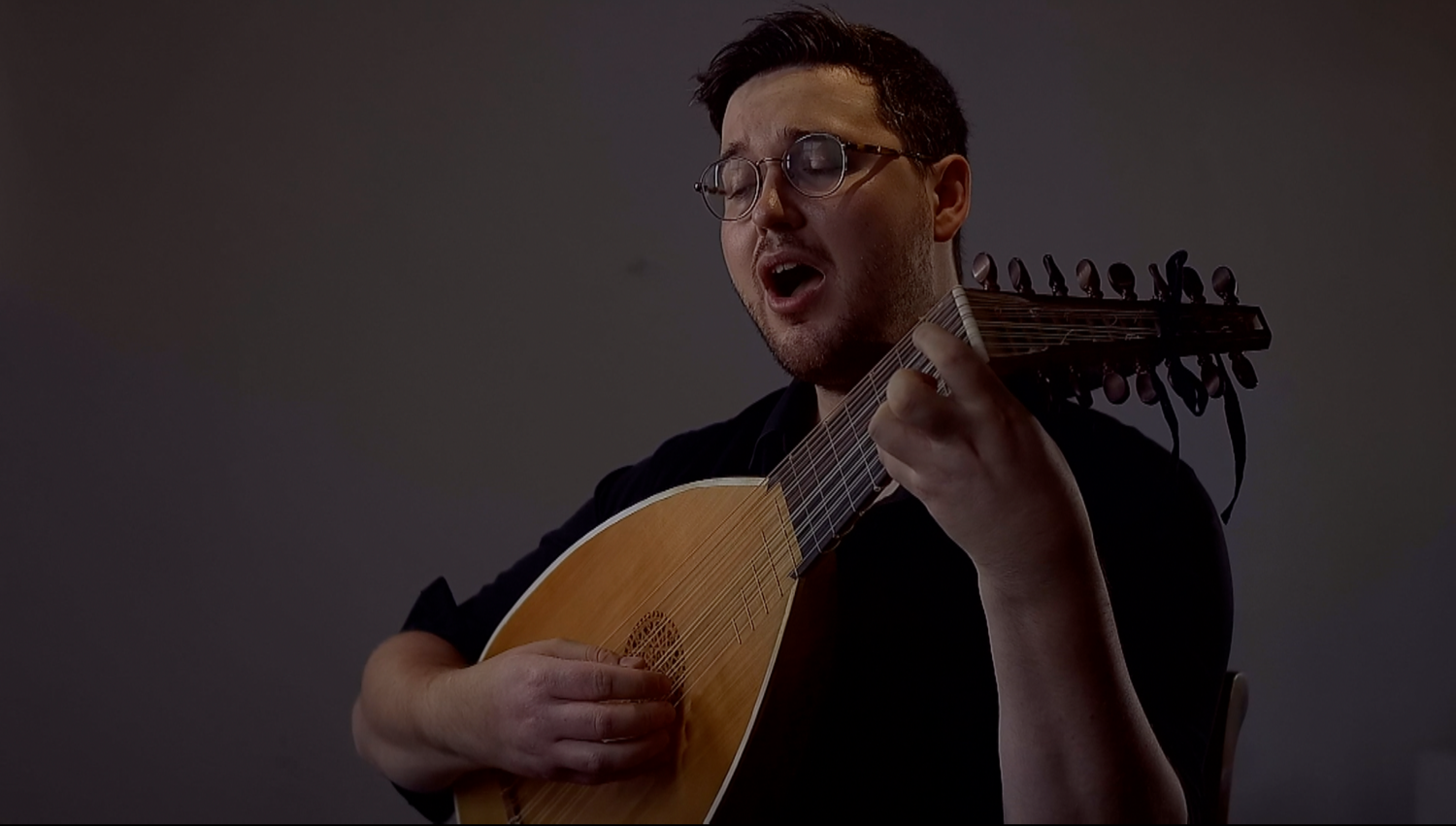Wolfgang Mylius on Florid Ensemble Singing (1686)
- Tim Braithwaite

- Jan 2, 2021
- 1 min read
'In such other florid ornaments which well-practiced singers use when singing solo, one has a lot of license and freedom, so that the organist only plays after hearing, and must usually adapt themselves with the keyboard according to the voice by following the singers running throat soon here and soon there, making diminutions and changes to the notes. However, it should properly be taken into account that, if one of the singers is particularly determined to make florid ornaments in a complete (polyphonic?) piece at a final cadence, the other singers should elongate their trills until they (the virtuoso) comes to a close, and give them every room and place to let their art be heard in a good piece.'
‘In solchen und dergleichen andern Passaggien/ welche wohlgeübte Sänger in Solo singen gebrauchen/ hat man zwar viel Licenz und Freyheit/ also daß der Organista nur nach dem Gehöre schlagen/ und sich meist nach ihrer Stimme mit dem Clavir bequemen muß/ indem sie nach ihrem geläuffigen Halse bald hier/ bald dort hinaus diminuiren/ und Veränderungen der Noten machen/ iedoch soll dieses vor allemahl richtig in acht genommen werden/ daß/ wenn einer aus denen Sängern sich sonderlich vornimmt in einem völligen Stücke in einer Schluß-Cadentz zu passaggiren/ die andern Sänger so lange ihr trillo machen sollen/ biß er zum Schluß komme/ und ein ieder Raum und Platz habe/ in einem guten Stücke seine Kunst hören zu lassen.’
Wolfgang Mylius, Rudimenta Musices (Gotha: Brückner, 1686). My translation.





Comments